Sustainability / Articles
How to save energy: 12 best practices for food companies
Electricity is one of the main operating costs for food companies. This is how to save energy with 12 simple best practices.
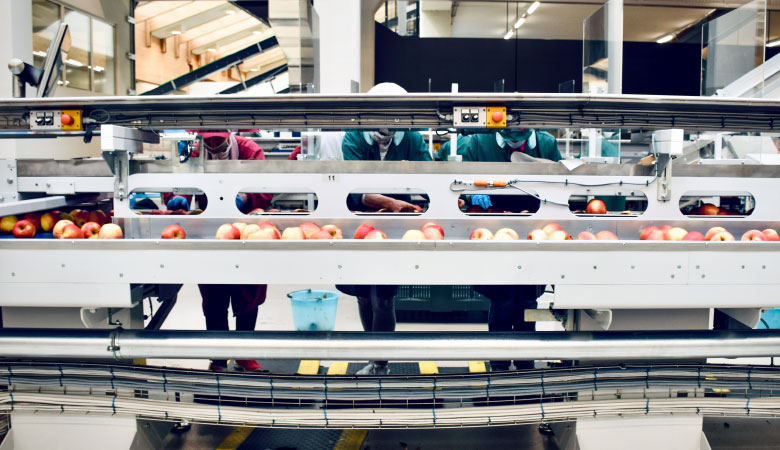
 11 minutes of reading
11 minutes of reading
2022-07-21 11:23:39
Alarm bells are ringing. Leading experts around the world warn that natural resources are running out, unable to keep up with massive industrial use. In addition, energy consumption has consequences for yet another scarce corporate resource – money. This is how to save energy with 12 practical tips.
Why is reducing energy consumption in the food industry so important?
The Food and Agriculture Organization estimates the food industry to consume around 30% of the world’s energy and account for nearly 20% of global greenhouse gas emissions. These figures are even more worrying alongside the United Nations estimates that put the world’s population over 9 billion people by 2050.
To meet the growing need for consumption, it is necessary to increase production, which implies greater energy expenditure. This global context, coupled with the need to reverse climate change, represents an unprecedented energy challenge. Saving energy is the answer.
The benefits are not solely environmental. On average, electricity bills account for 15% of all operating costs of food companies, making energy efficiency a priority for any organisation in the sector.
ELECTRICITY EXPENSES PER SQUARE FEET
poupar energia
Source: IOTA
In the US, the average electricity cost of commercial buildings is $2.10 per square feet. But in the food service industry, this cost more than doubles for the same area.
The good news is that there is a wide range of measures available to companies to reduce their ecological footprint and energy consumption. According to some studies, the mere fact of regularly measuring energy consumption leads to a 10% reduction. And this is just the beginning.
12 tips to save energy in food companies
Saving energy in food companies is easier than it may seem. But it requires following specific guidelines.
1. Assess the energy consumption of your facilities
The first step to saving energy is to know where and how you spend it. You can use simple monitoring tools or, if your facilities have several industrial equipment and processes, request an external energy efficiency assessment to identify potential savings.
Besides knowing the exact amount of energy used in different areas (and even in individual components), these services also provide information on the most effective ways to implement energy efficiency measures.
2. Improve the efficiency of refrigeration systems
Refrigeration and temperature-controlled systems account for the largest share of energy consumption in the food industry and deserve special attention in any energy-saving efforts.
Heat exchangers are essential equipment for heating or cooling food, making them safe for consumption. To save energy, choose equipment with high thermal efficiency and low energy consumption. The same logic applies to refrigeration systems. Go for more efficient technologies that ensure food conservation at the lowest energy cost. And if your specific setup does not require cold storage for more than a few hours a day or when the production rate is less intense, consider reducing the level of operation of the refrigeration system at those times.
3. Use efficient equipment
Besides refrigeration equipment, a company’s machinery park accounts for much of its energy consumption. To save energy, it is essential to choose more efficient, environmentally friendly or low-power equipment. The savings go beyond energy consumption; it can also extend the life cycle of equipment.
A good example of this type of equipment is the MultiWasher, a high-performance industrial washing machine. The MultiWasher technology adjusts washing parameters depending on its load, resulting in savings of almost 70% compared to traditional washing equipment.
4. Optimize operations with variable speeds
Operators, albeit unwillingly, often setup electrical equipment to spend more energy than what they need for a specific task. For example, a heat pump can operate permanently at maximum intensity, or for longer than required.
Using automation processes with speed varistors, staff can control the pace, intensity and torque of electric motors to ensure an adequate pace for each task. This can represent an increase in energy efficiency upwards of 25%, with a positive impact on the entire production chain.
5. Use alternative energy sources whenever possible
One of the most straightforward methods to reduce energy costs is to change the energy source. With solar panels, companies can take advantage of a free and inexhaustible energy source: the sun. The advantages go beyond energy savings. Customers not only focus on food quality, but increasingly seek to identify themselves with environmentally responsible brands.
6. Use energy-efficient lighting systems
Replacing traditional bulbs with LED significantly reduces electricity costs with lighting – in some cases up to 75%. LED technology consumes less, requires less maintenance and produces a cold and bright light suitable for large areas. In addition, LED lighting lasts up to 10 times longer than conventional systems. But despite all its advantages, the percentage of companies with this type of lighting is still residual. In countries such as the UK, only 20% of businesses have adopted LED lighting.
To save energy, perform a thorough check of lighting sources, both indoors and outdoors, and consider switching normal bulbs to LED solutions.
7. Skip heating when possible
Your company may use more heat than what is actually required. For instance, hot water is not always indispensable for certain operations. Intelligent thermostats regulate the temperature according to the actual needs of each task to optimize energy. These savings matter: a cold-water chemical disinfectant solution requires about 6,000W to operate, while a hot water disinfectant uses four times as much energy to perform the same task.
Also, reduce the water temperature in washing machines. Check the mandatory temperature requirements in your industry and make the proper optimizations so as not to use more hot water than necessary. You can easily achieve this goal with MultiWasher, our industrial washing machine that adjusts all the parameters necessary for washing including water temperature.
8. Adjust the indoor temperature
This orientation is especially useful for industrial kitchens. Stoves, ovens or other heat-generating equipment increases the temperature inside the kitchen. This requires a greater cooling effort to keep food at the right temperature.
Thus, choose flameless cooking systems, such as induction; these transfer heat without bleeding into the surrounding air. Also, place exhausters directly above steam producing equipment to remove hot air. And keep in mind the importance of LED lighting for the kitchen as they do not produce heat as traditional lamps.
9. Switch off unused equipment
Just turning off a switch can represent very significant savings. Turn off the equipment that is often on standby, such as the stove or fryer, during periods of inactivity and overnight. To make it simpler to remember, use timers or smart controls to turn devices on or off remotely. In external areas, deploy presence sensors to activate lighting only when necessary.
10. Make your kitchen layout more efficient
Equipment layout is also essential to energy savings. Without ventilation, refrigeration units use more than the required energy needed to maintain a cooling temperature. Ensure a minimum distance, in particular between cooling and heating equipment. If the oven is near a freezer, the room temperature rises, and will not work effectively.
11. Keep maintenance up to date
Regular cleaning and maintenance of all equipment ensures that they do not consume more energy than is strictly necessary. There are some preventive actions that extend the lifecycle of equipment and increase energy savings.
Therefore, periodically inspect your premises for leaks, loss of insulation, or damage that could compromise optimal operation. Waste accumulations makes operation more arduous and increase energy consumption.
The same applies to water filters – replace them as recommended by the manufacturer to keep limestone from accumulating and prevent obstructions that compromise equipment efficiency.
12. Implement a culture of energy efficiency
Besides optimizing physical and operational conditions towards greater energy efficiency, it is also important to train employees who deal directly with the changes introduced. Without them, implementations will not have the desired effect.
Promote training sessions on the importance of sustainable actions and provide specific instructions on how they are to be integrated into the new way of working. It may also be helpful to post certain reminders in strategic locations, which will help the team understand the desired behavior.
MultiWasher, your best ally to save energy
Achieving greater business sustainability in the food industry is simpler with the right equipment. The MultiWasher has the latest technology, inspired by the energy and climate emergencies. It washes any utensil, tool or equipment using minimum amounts of energy. This machine adjusts the temperature (and quantity) of the water under the actual needs of the moment, thus avoiding unnecessary consumption. Contact us to see MultiWasher in action for yourself in a customized webinar.
You may also like

Sustainability / Articles
“No two MultiWashers are the same”
As a pro athlete, Carina Robaina is used to big challenges. Now, Somengil’s after-sales manager explains how to achieve sustainability goals.
Posted in 2022-09-29

Sustainability / Articles
How to improve energy efficiency in washing?
Energy efficiency is about making the most of available resources while providing the best washing results. Here are 6 ways to improve it.
Posted in 2023-01-13

Sustainability / Articles
Dirty washing: Choosing the right ecological detergent
Ecological detergents minimize the impact of washing on the environment and on workers’ health. But what are these products exactly and what are...
Posted in 2021-08-16
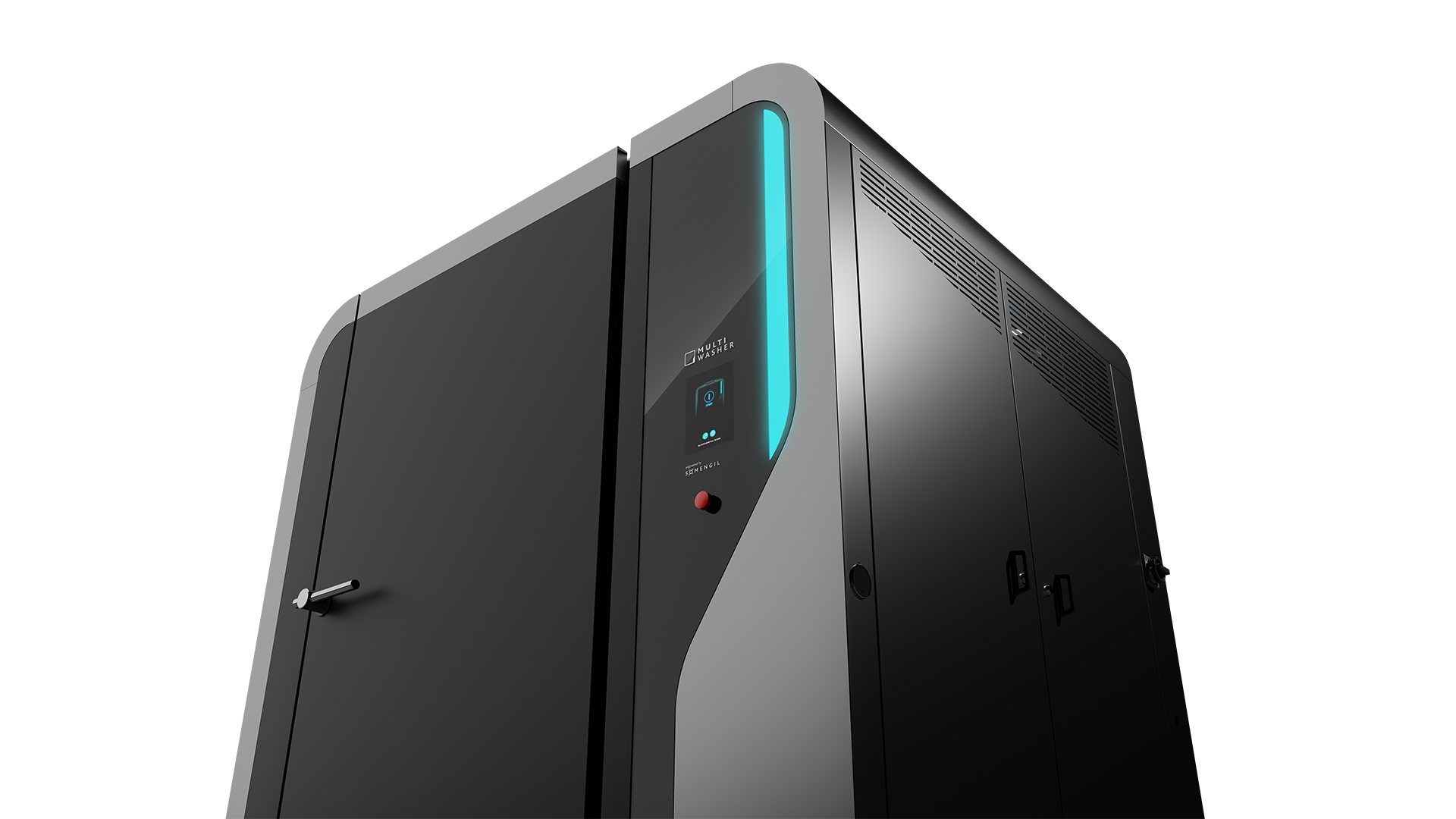
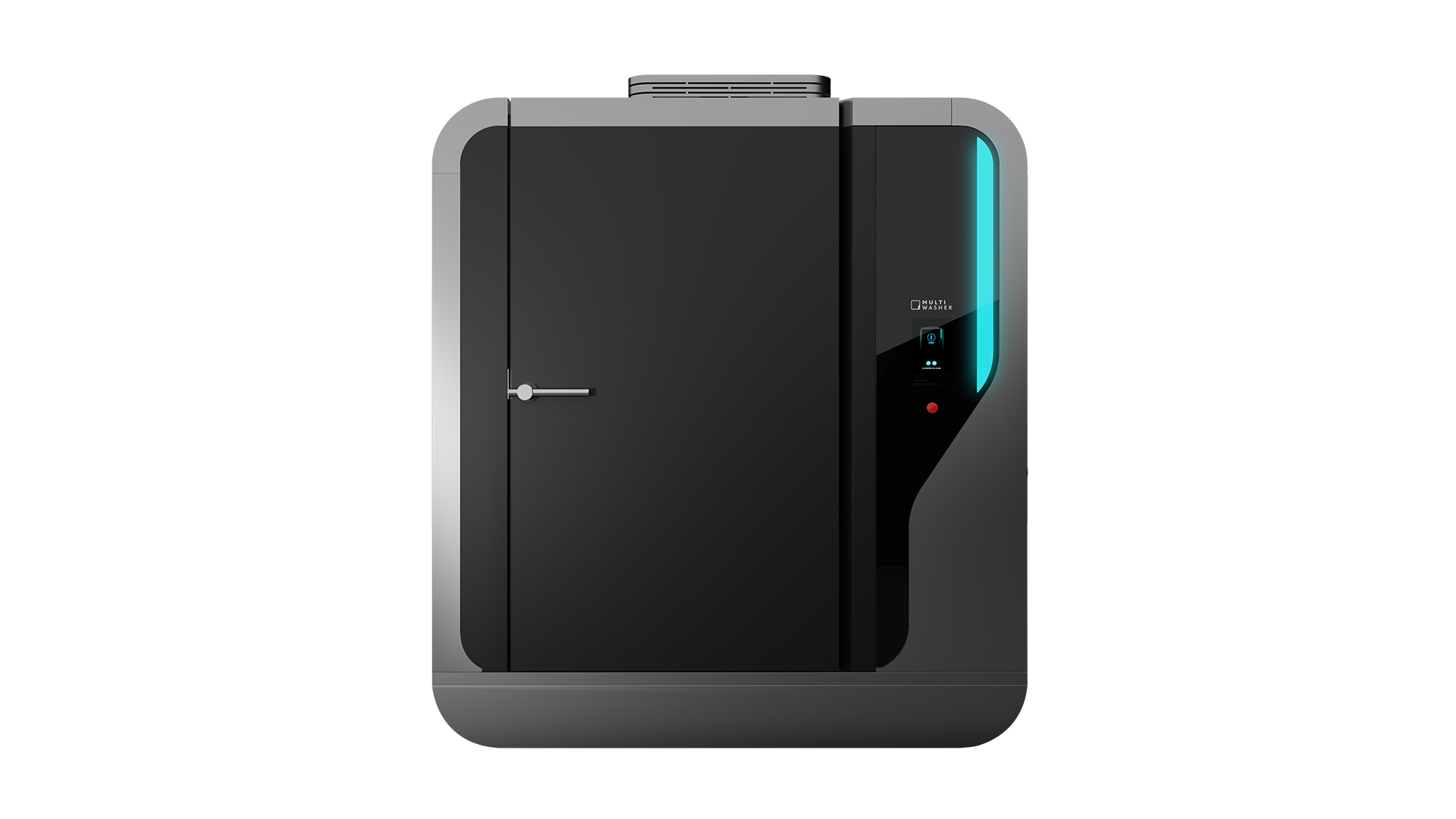
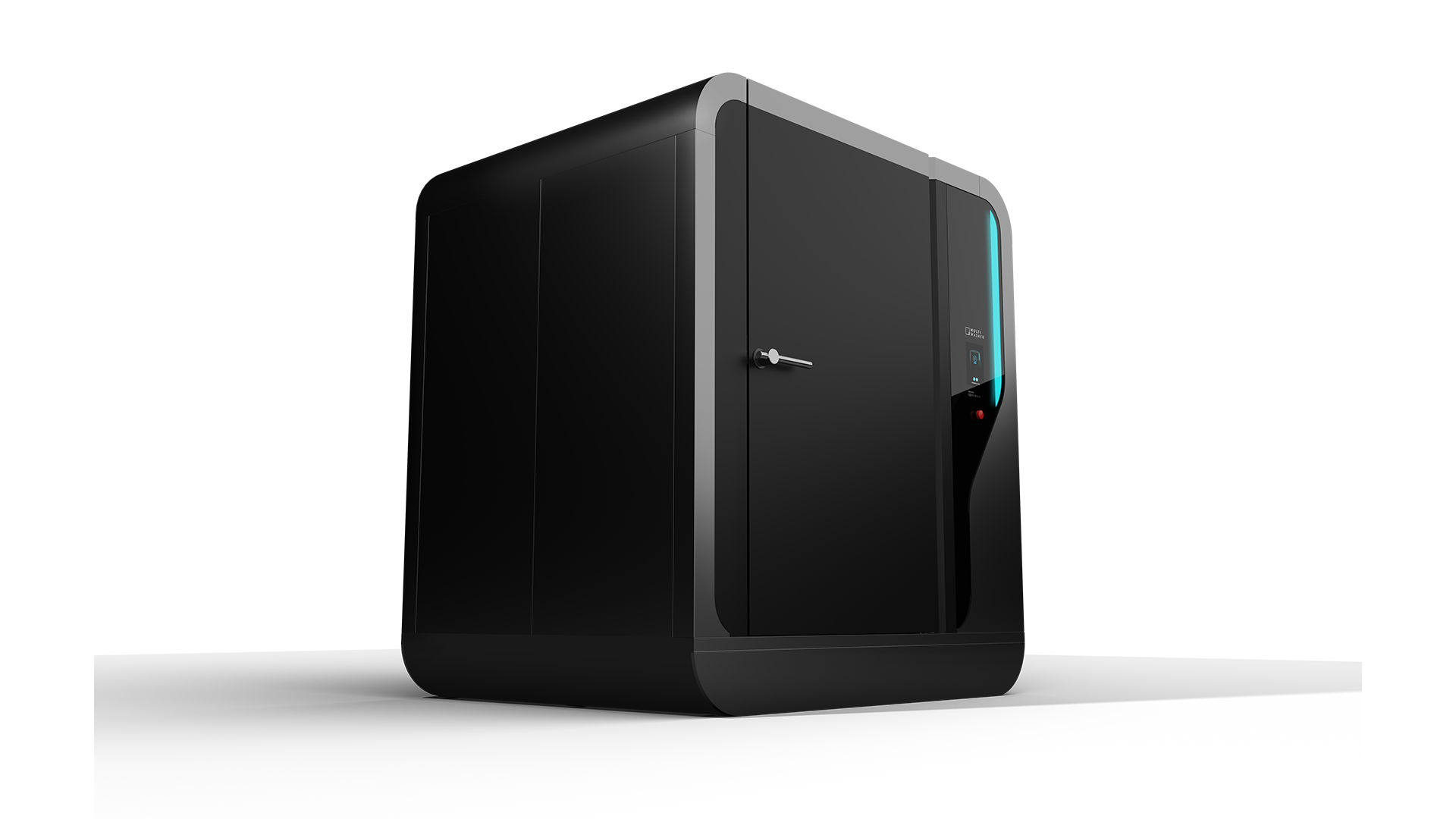
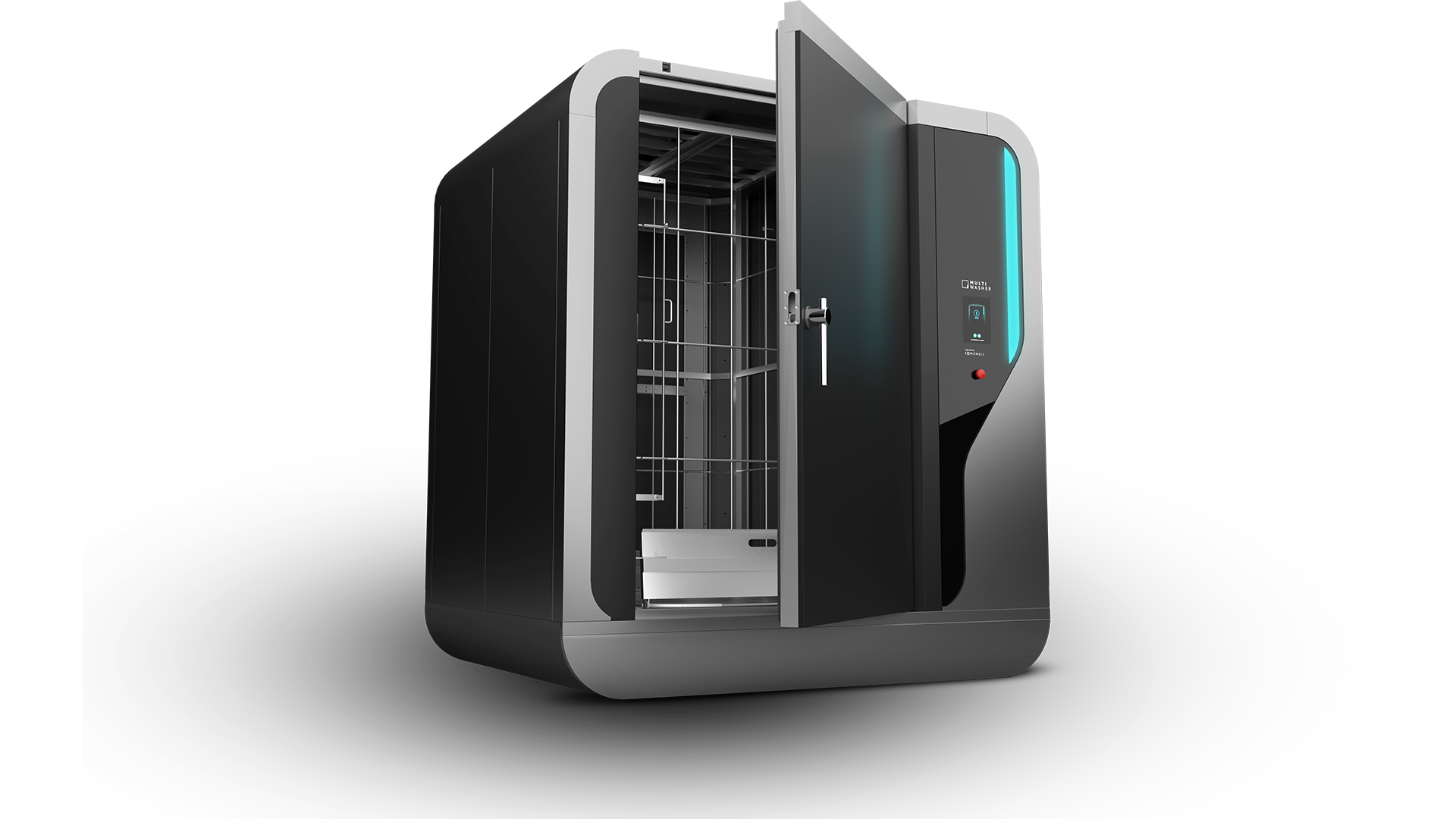
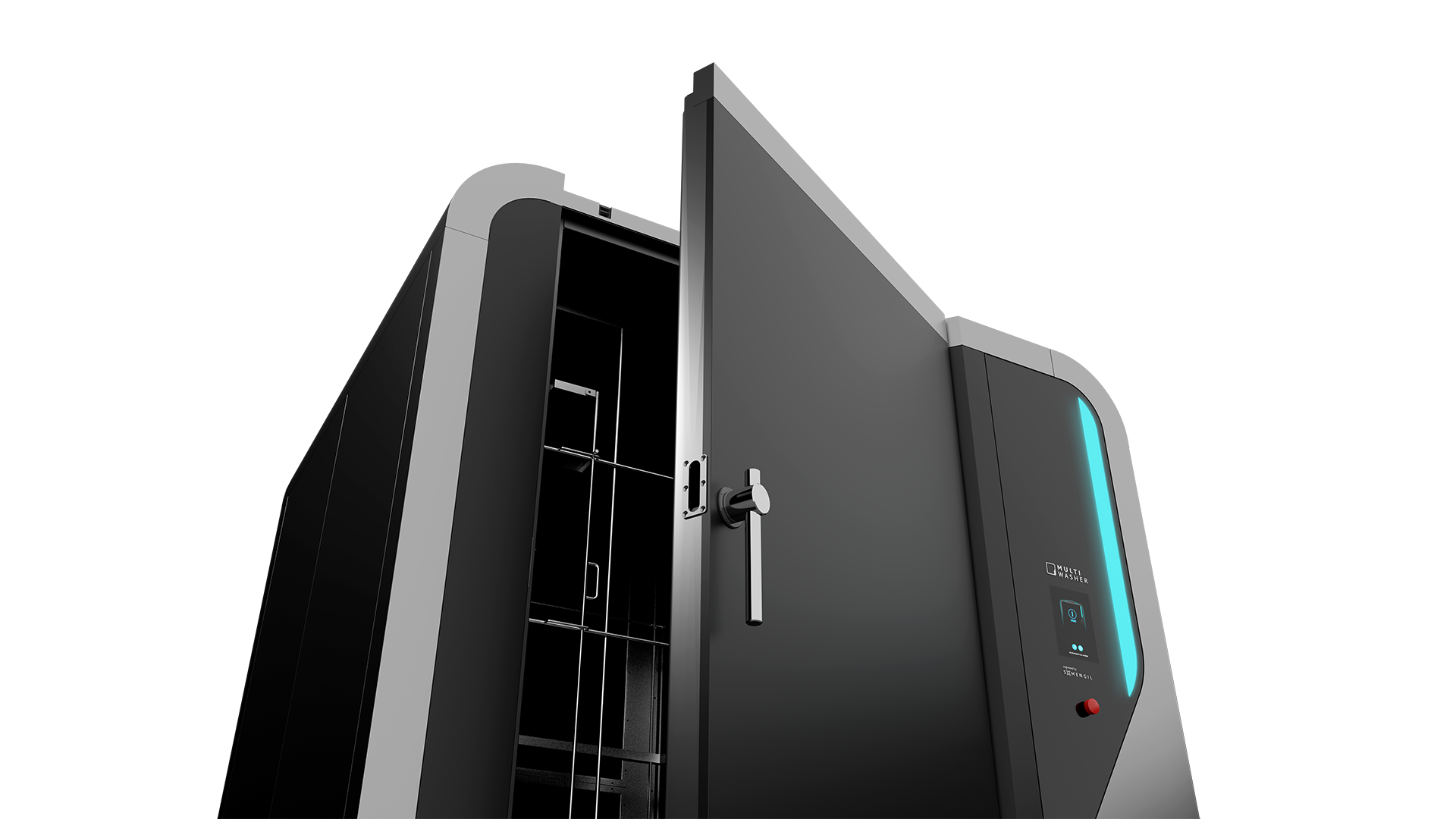
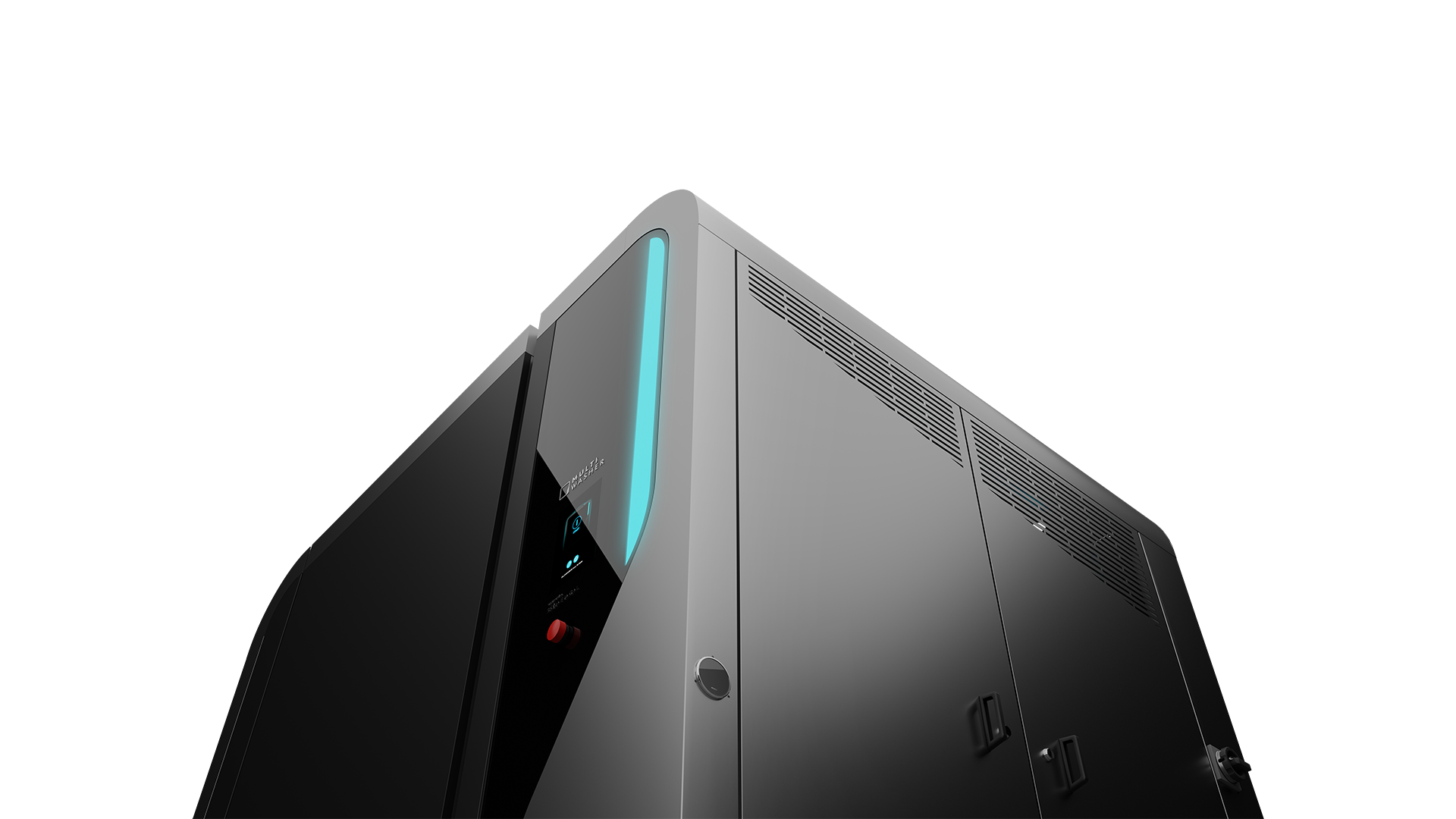
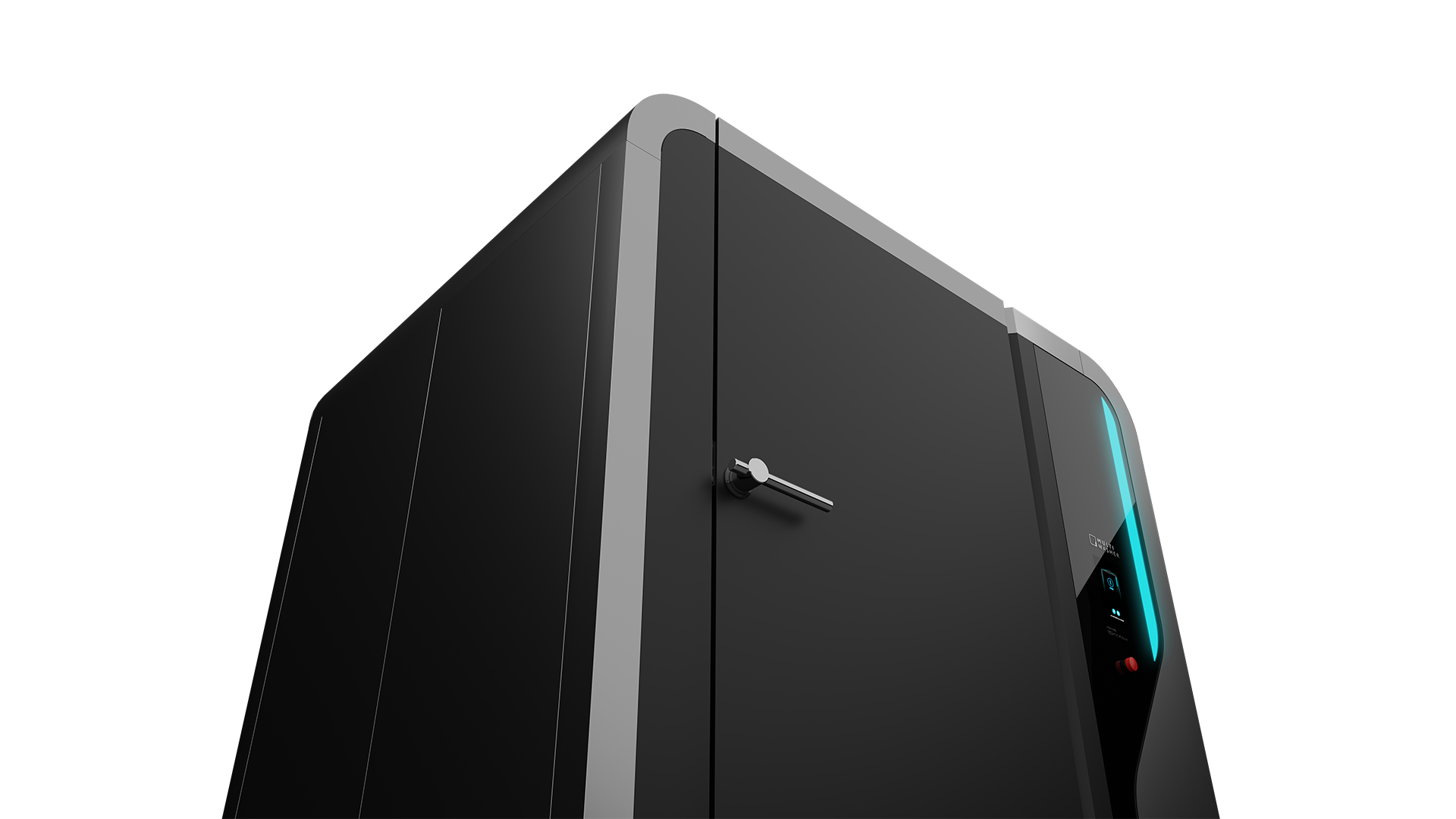
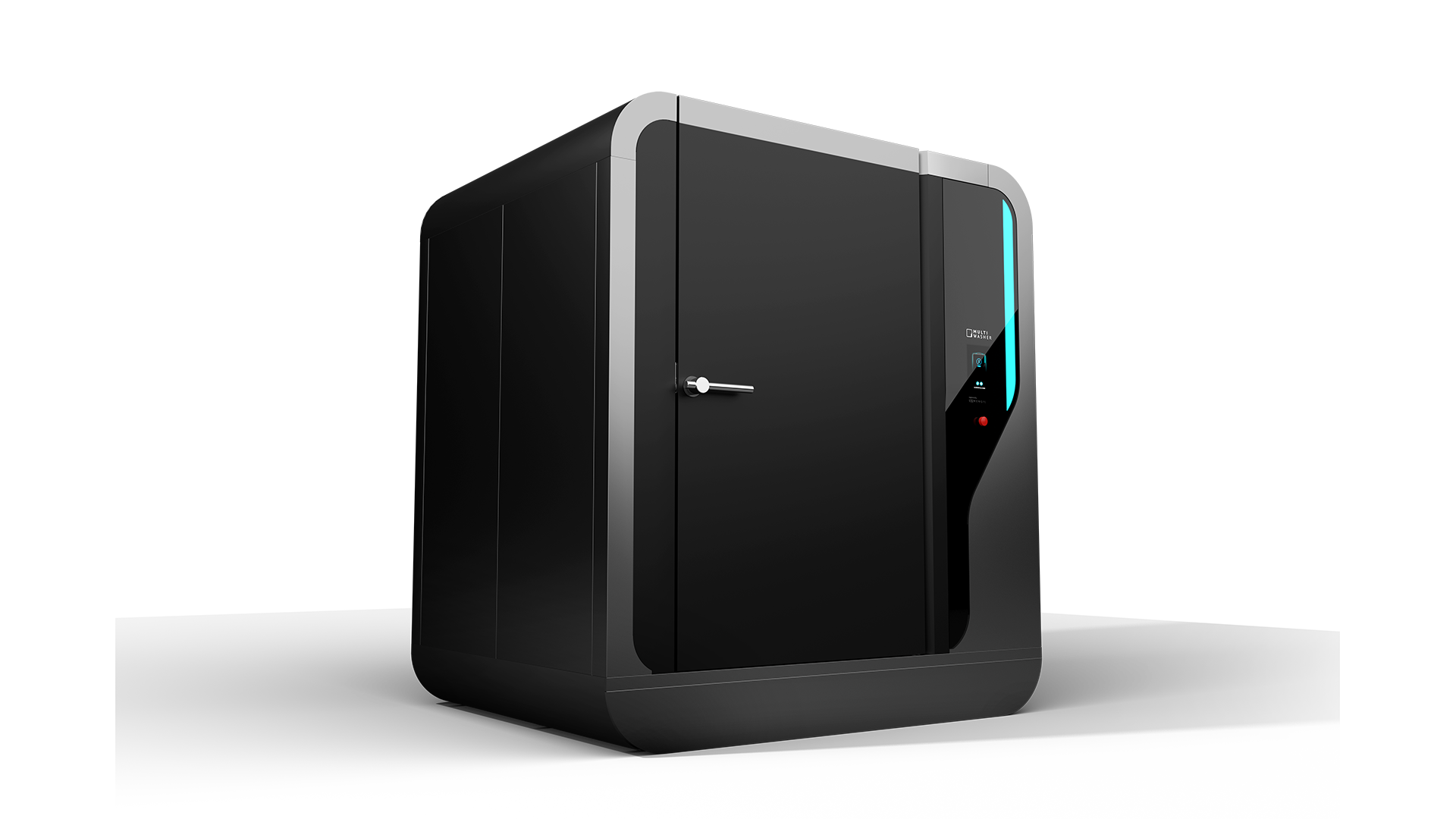
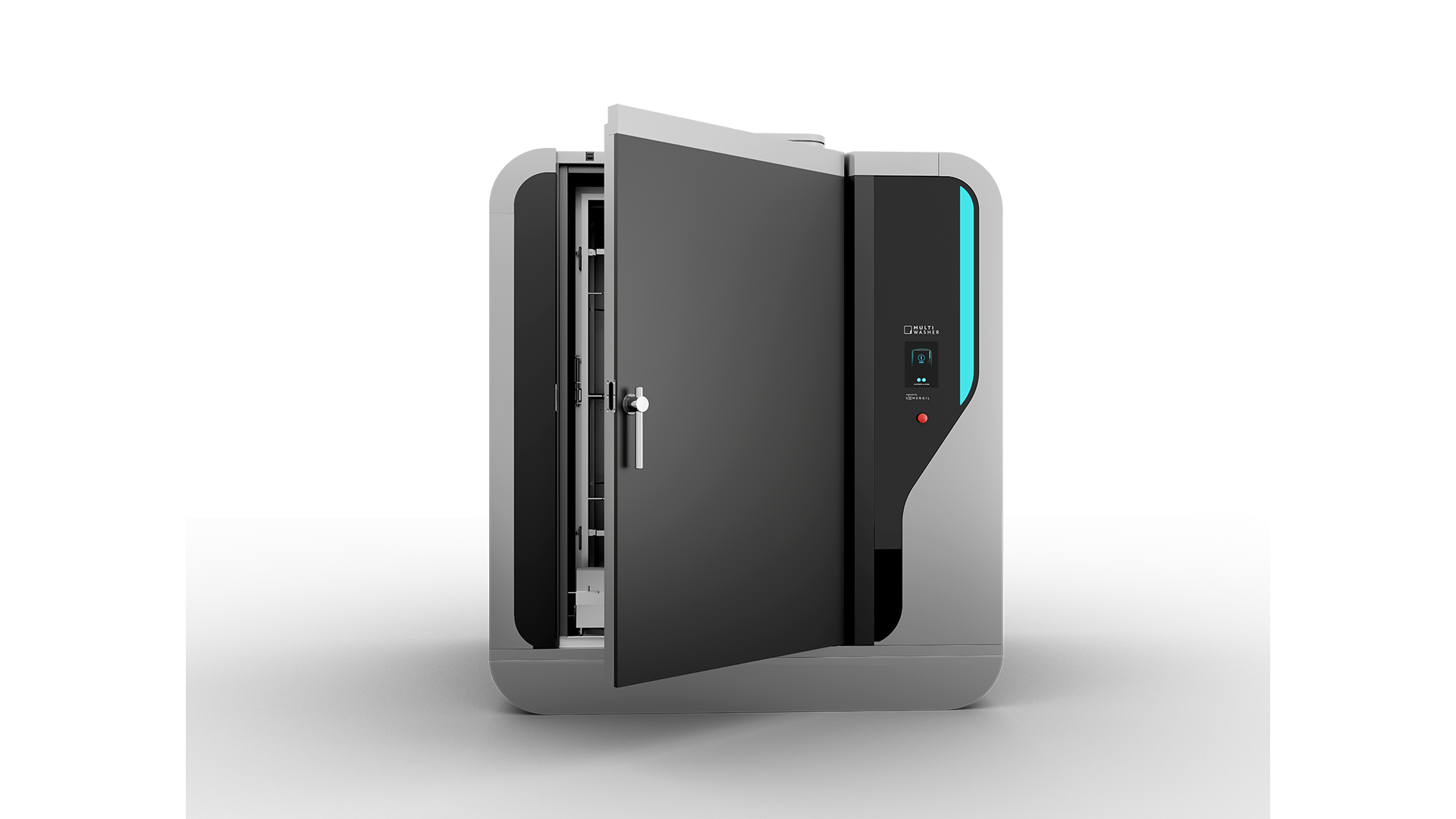
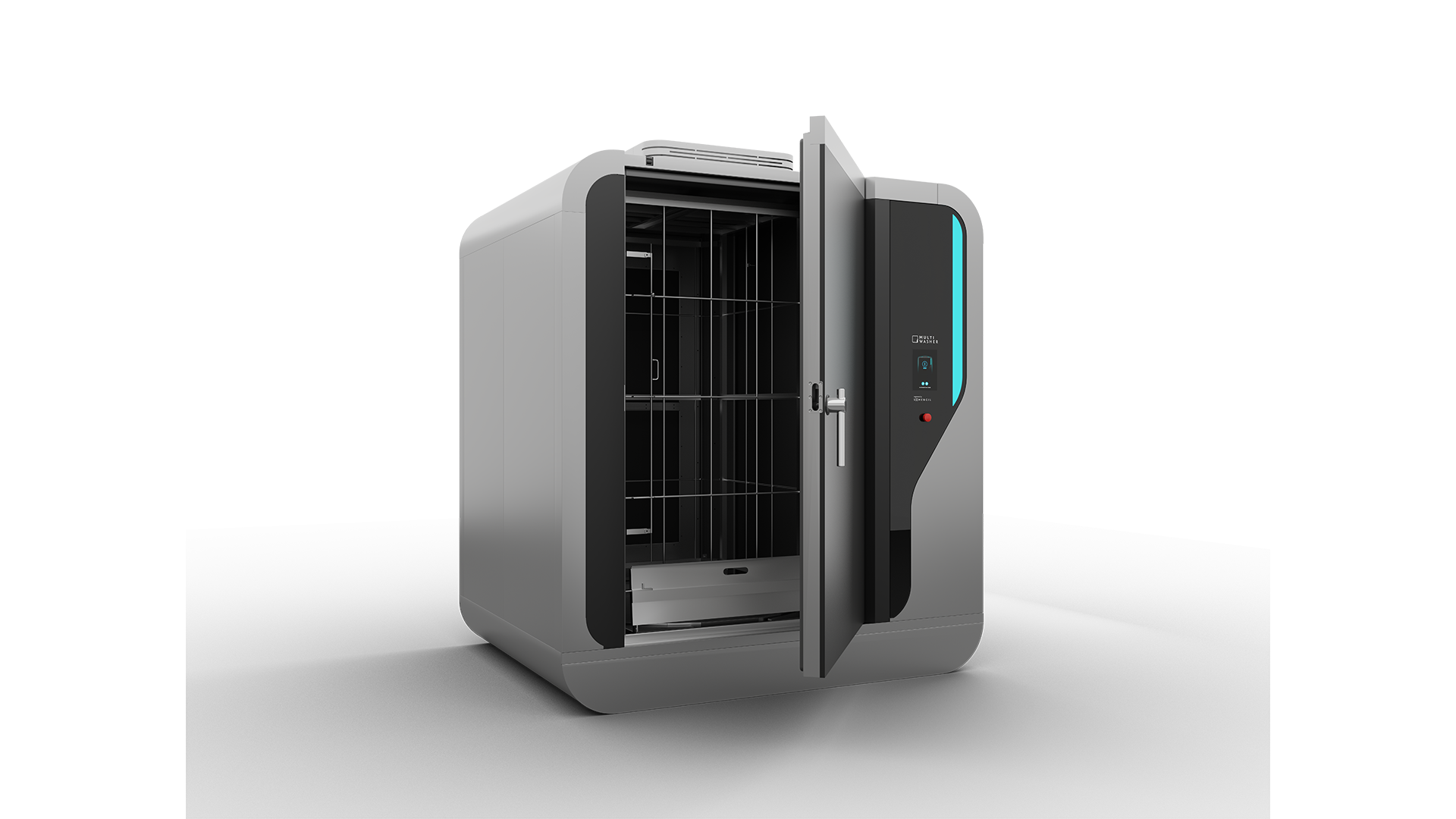
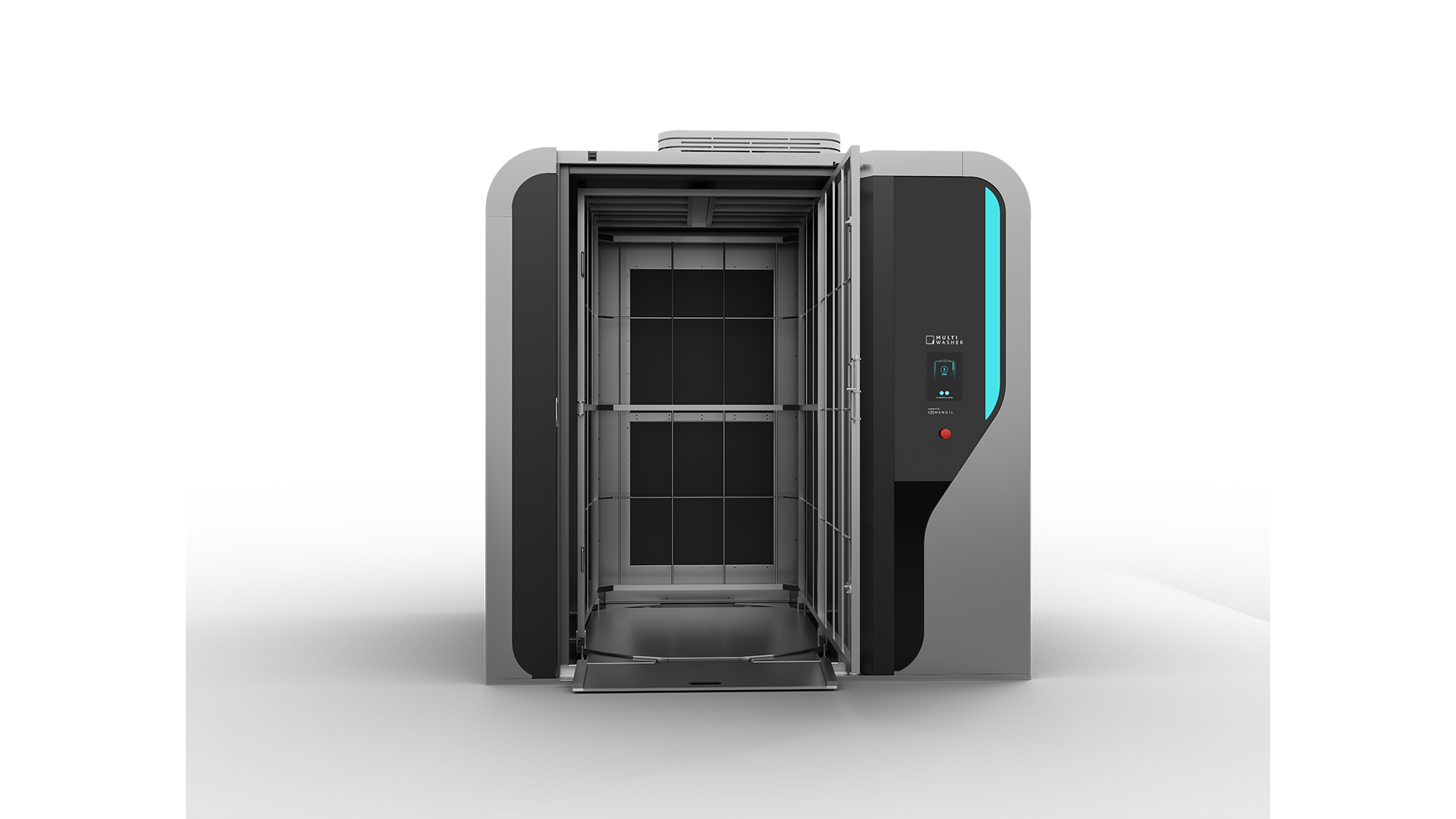
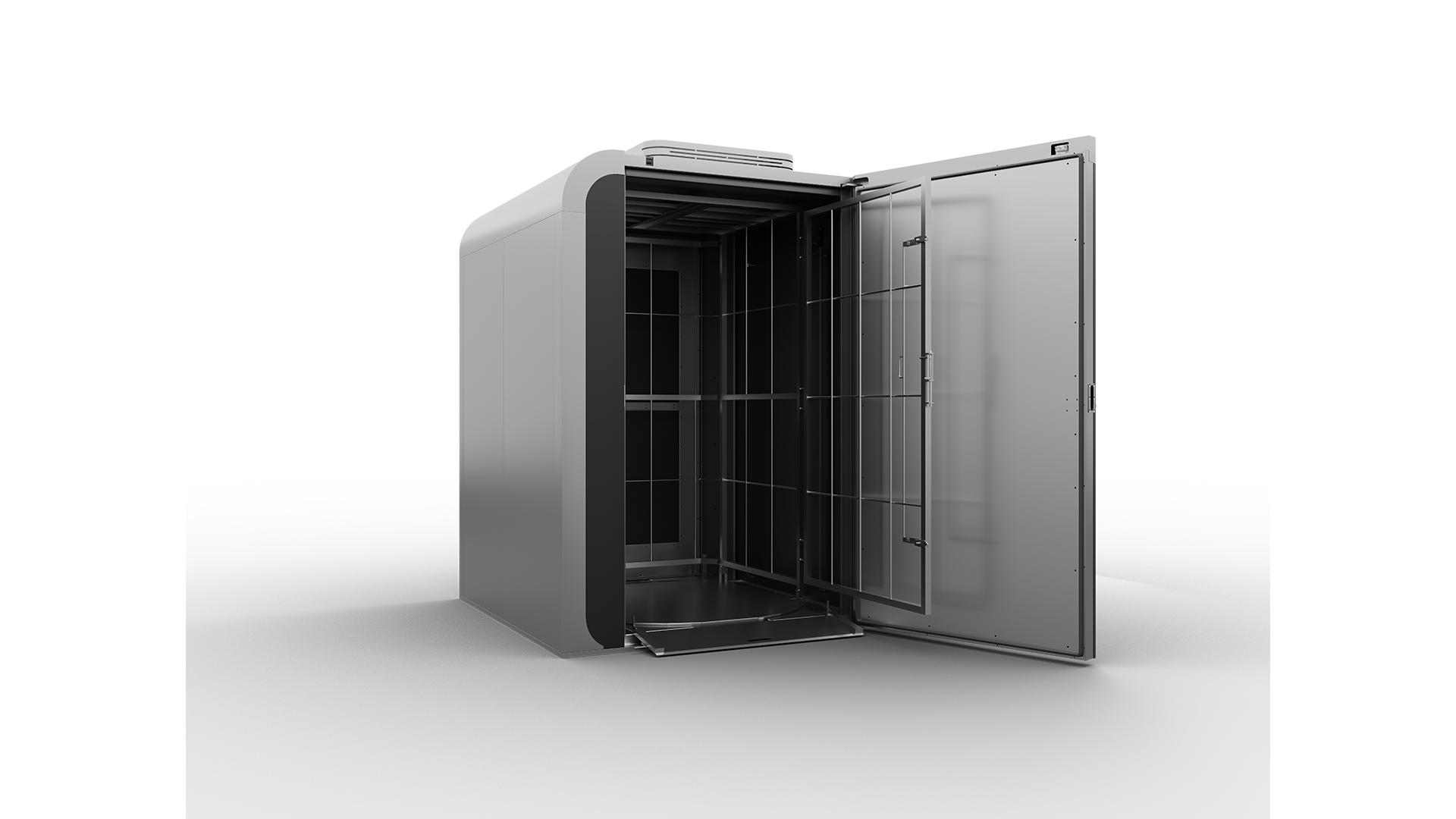
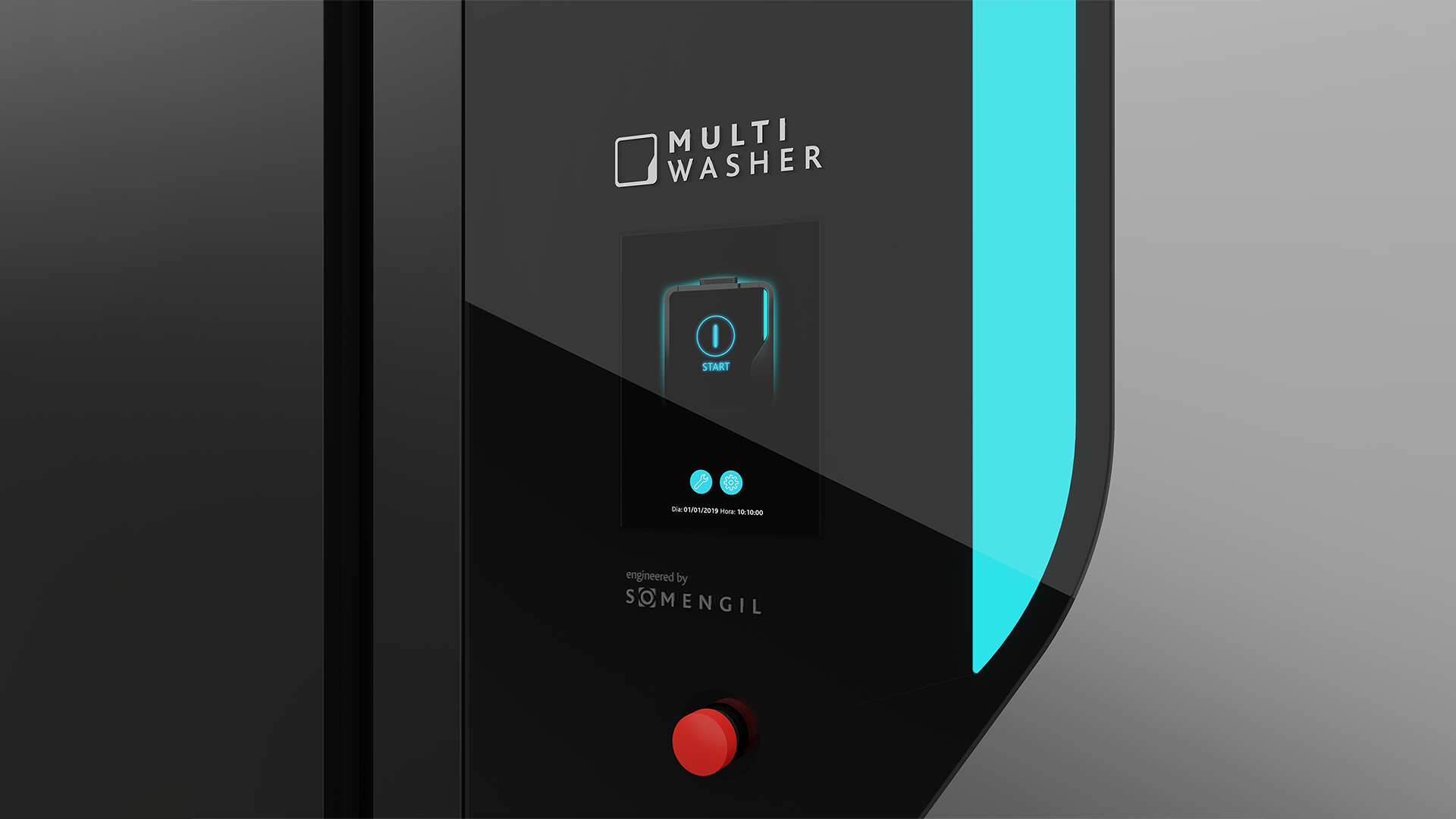
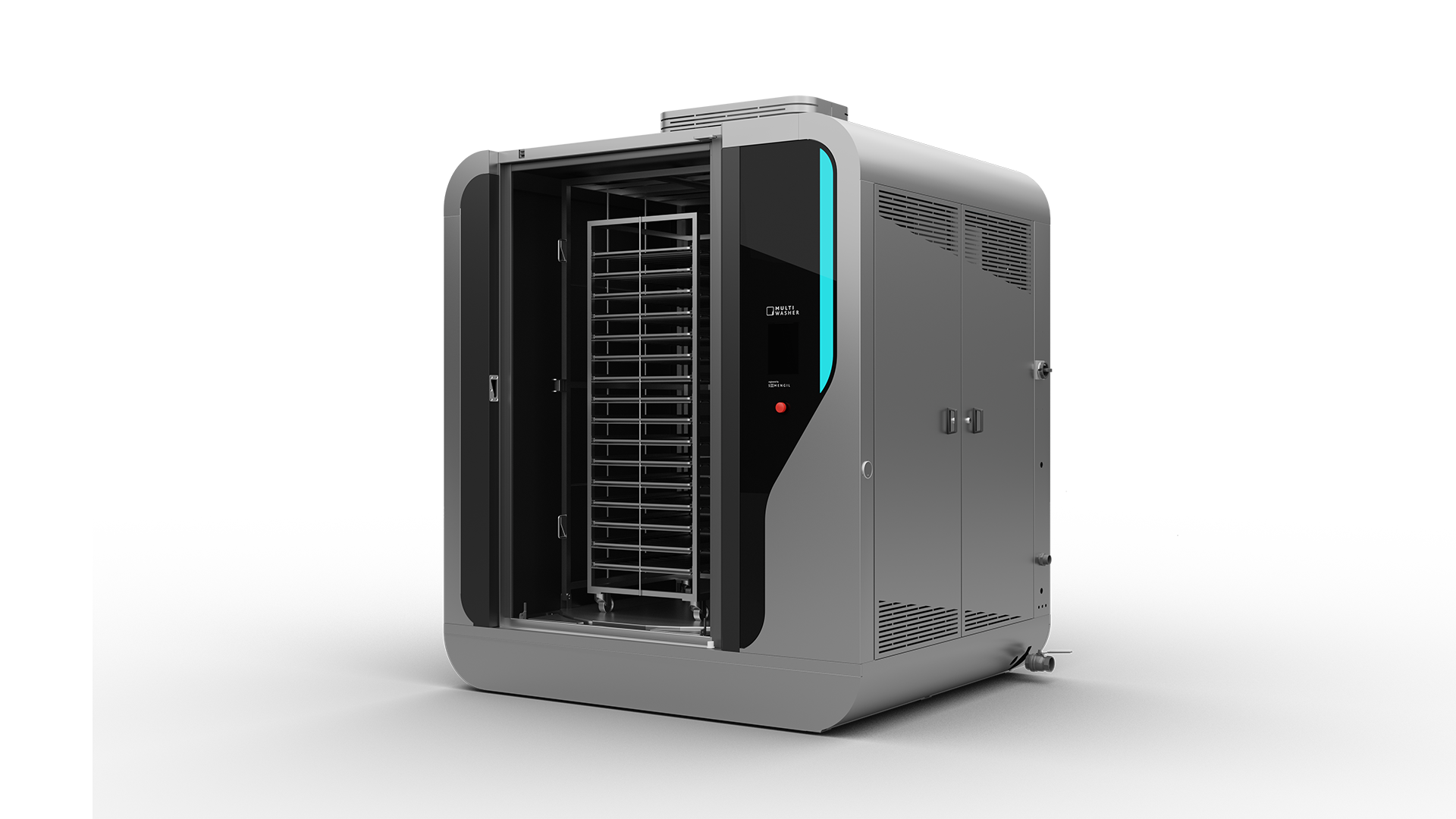
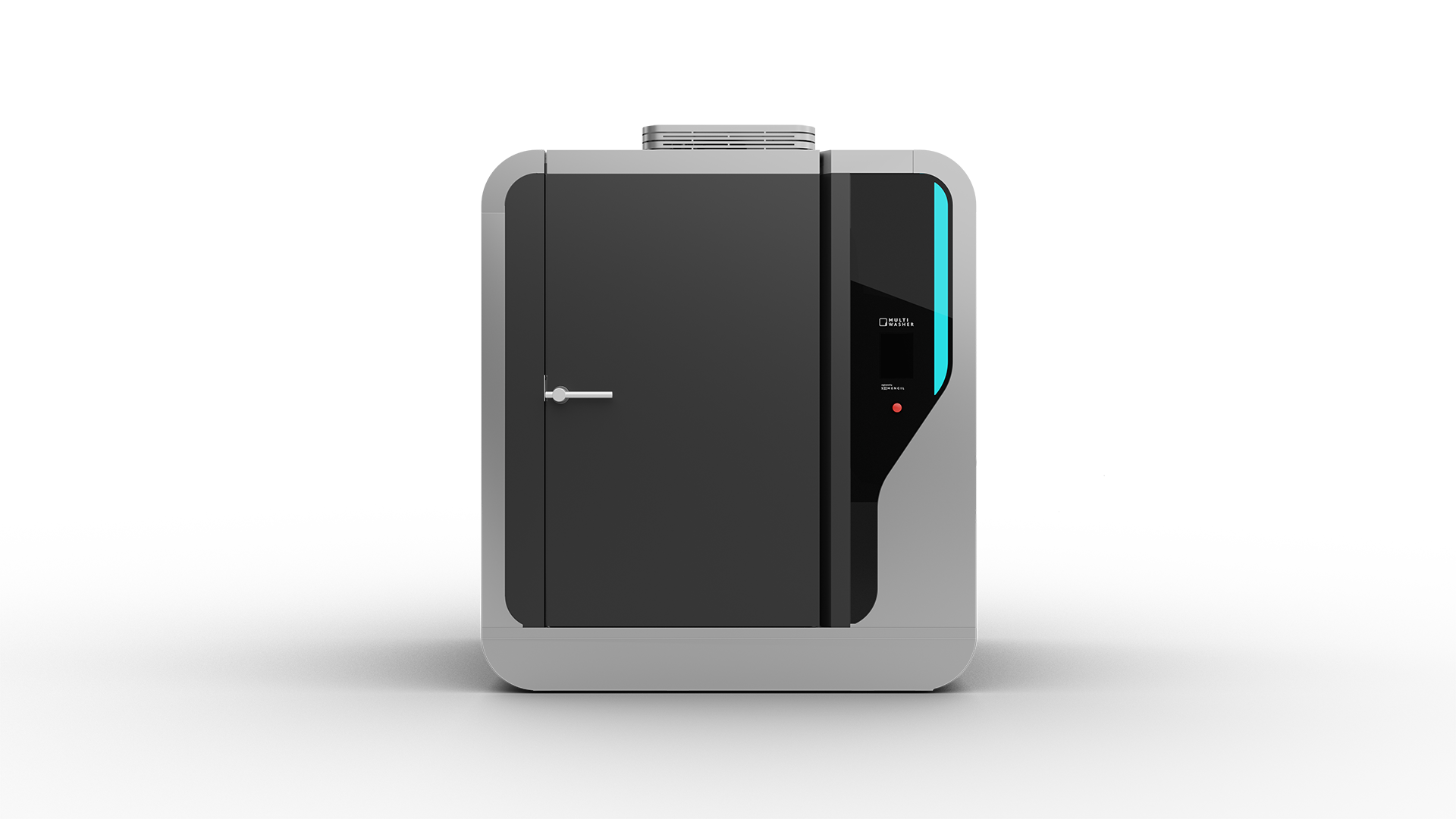

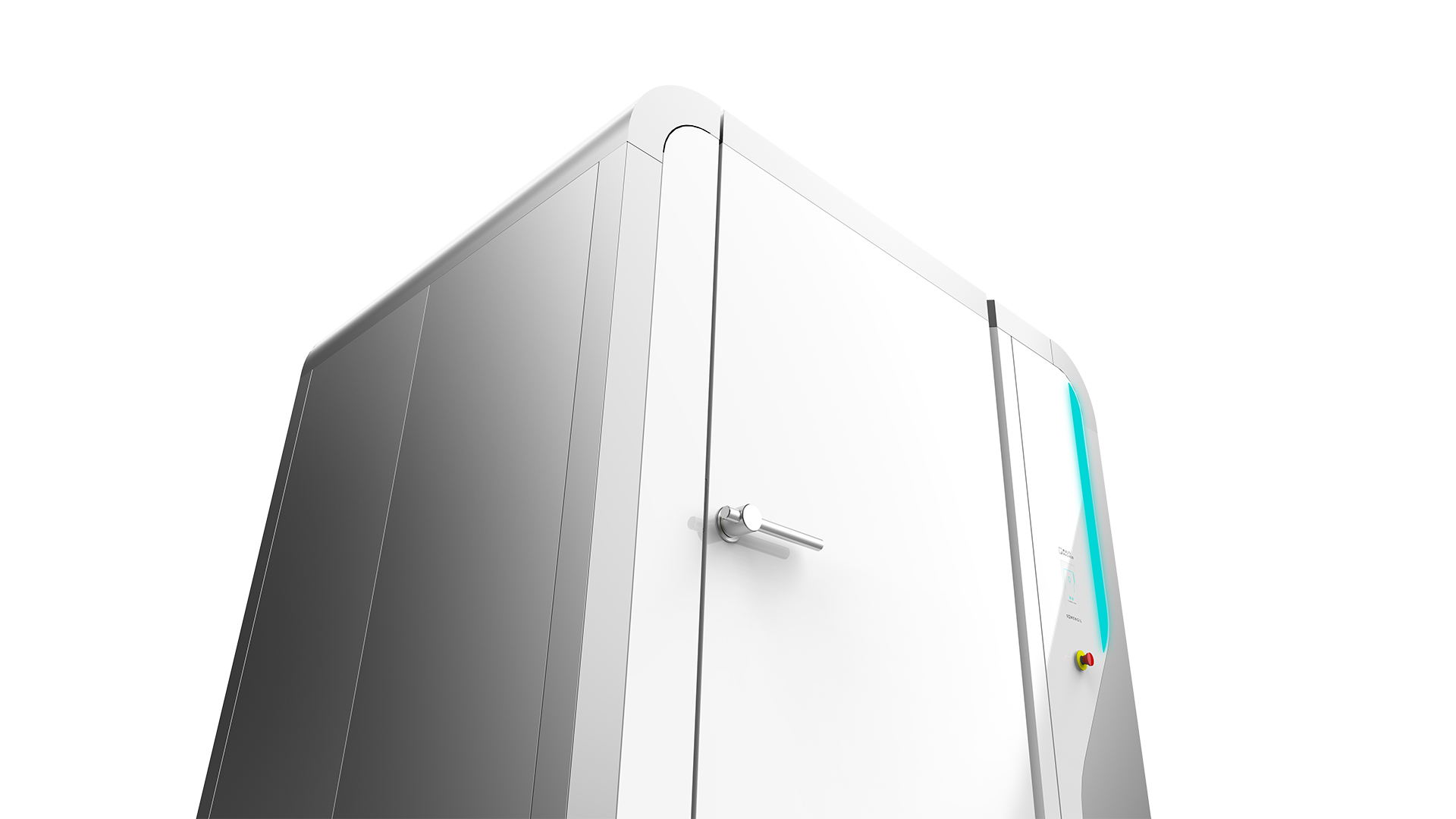
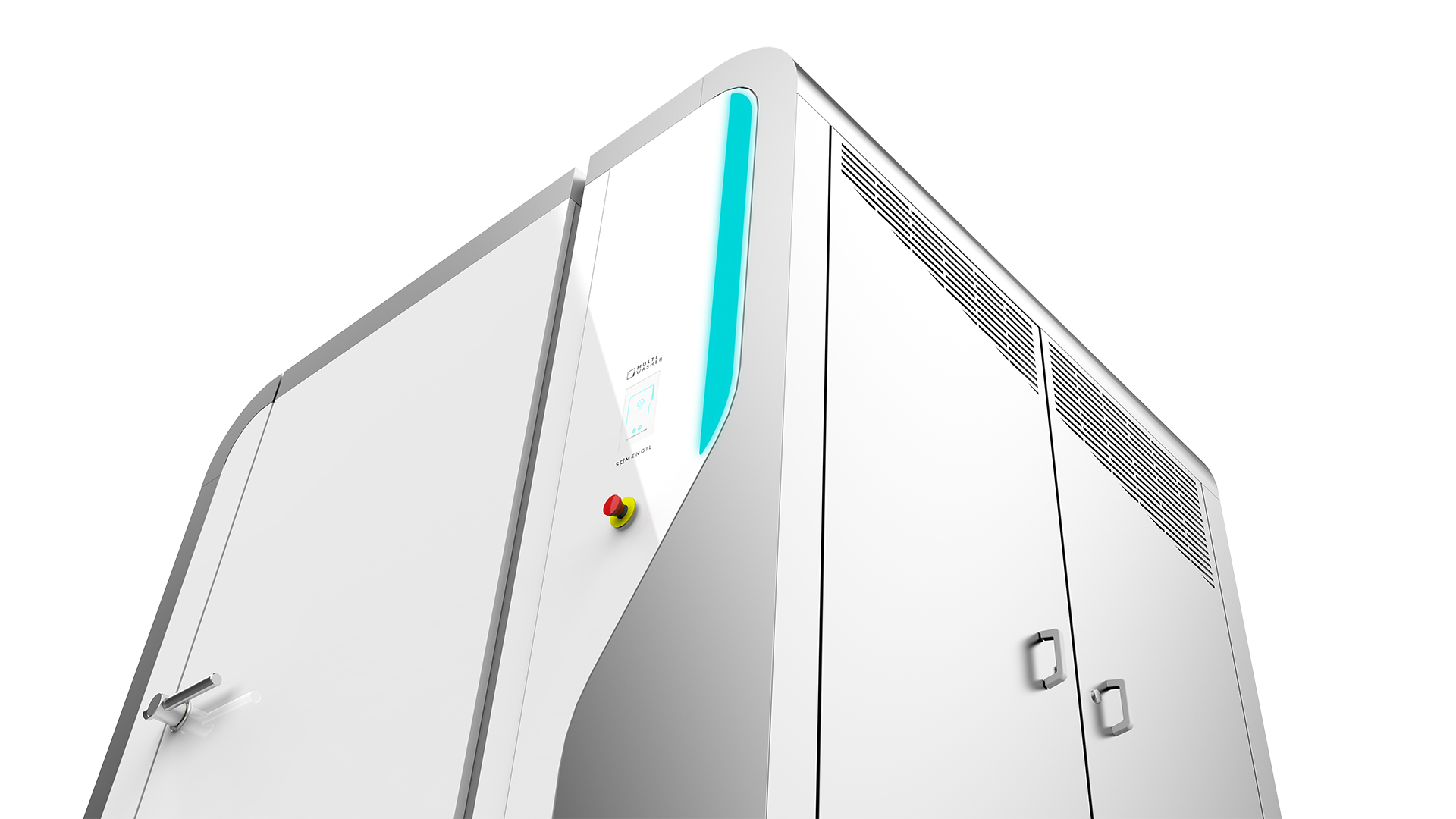
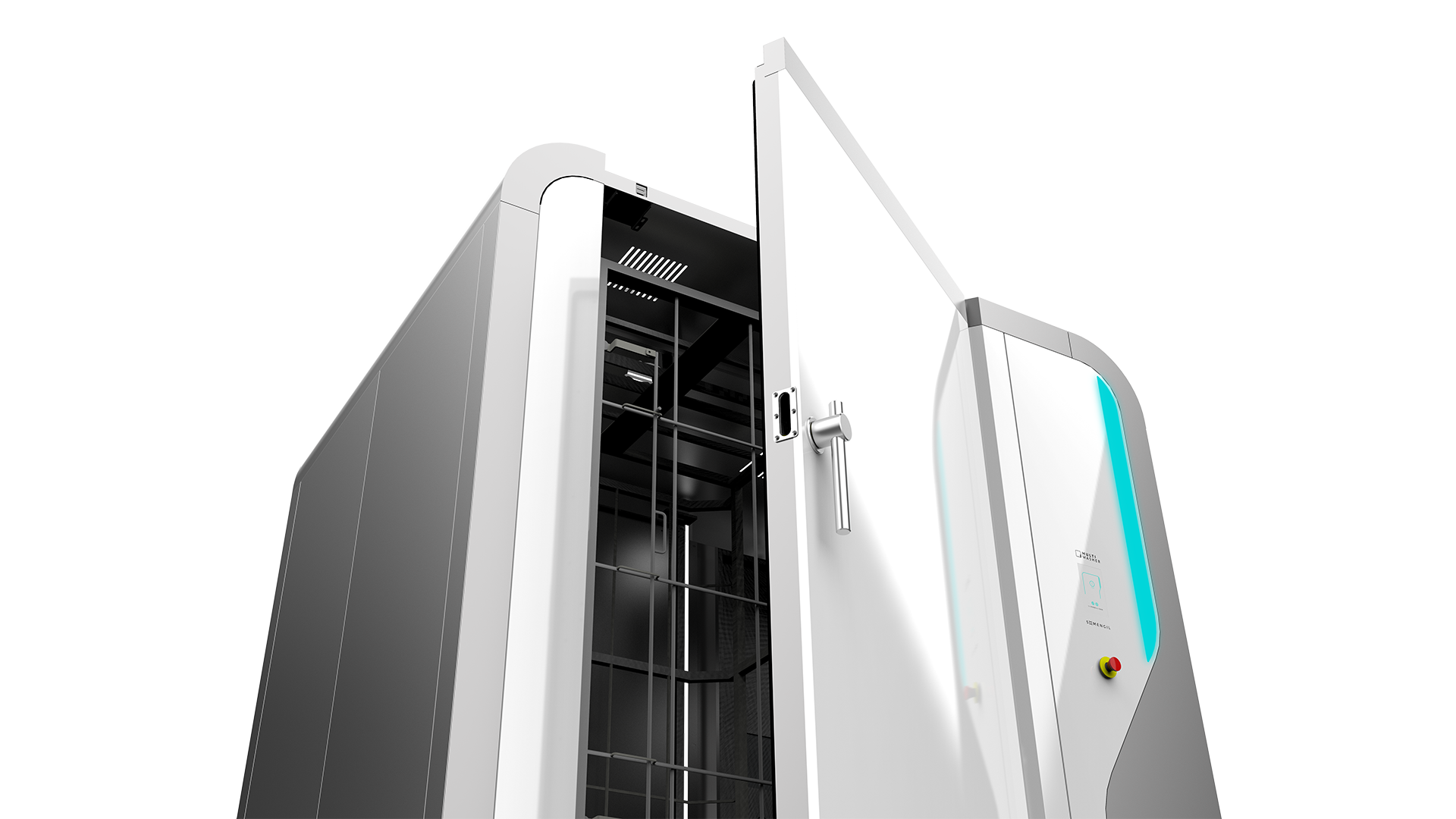
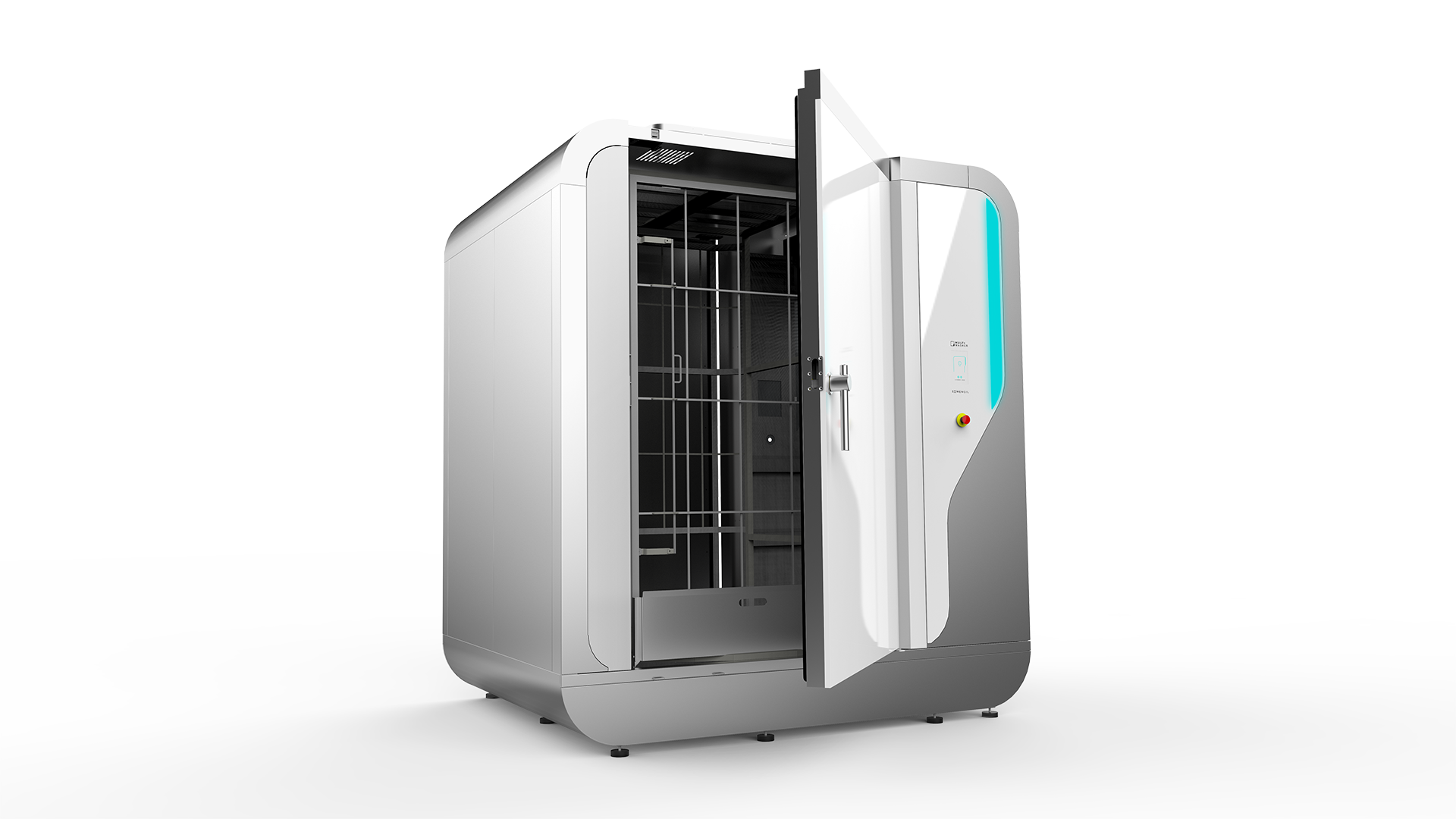
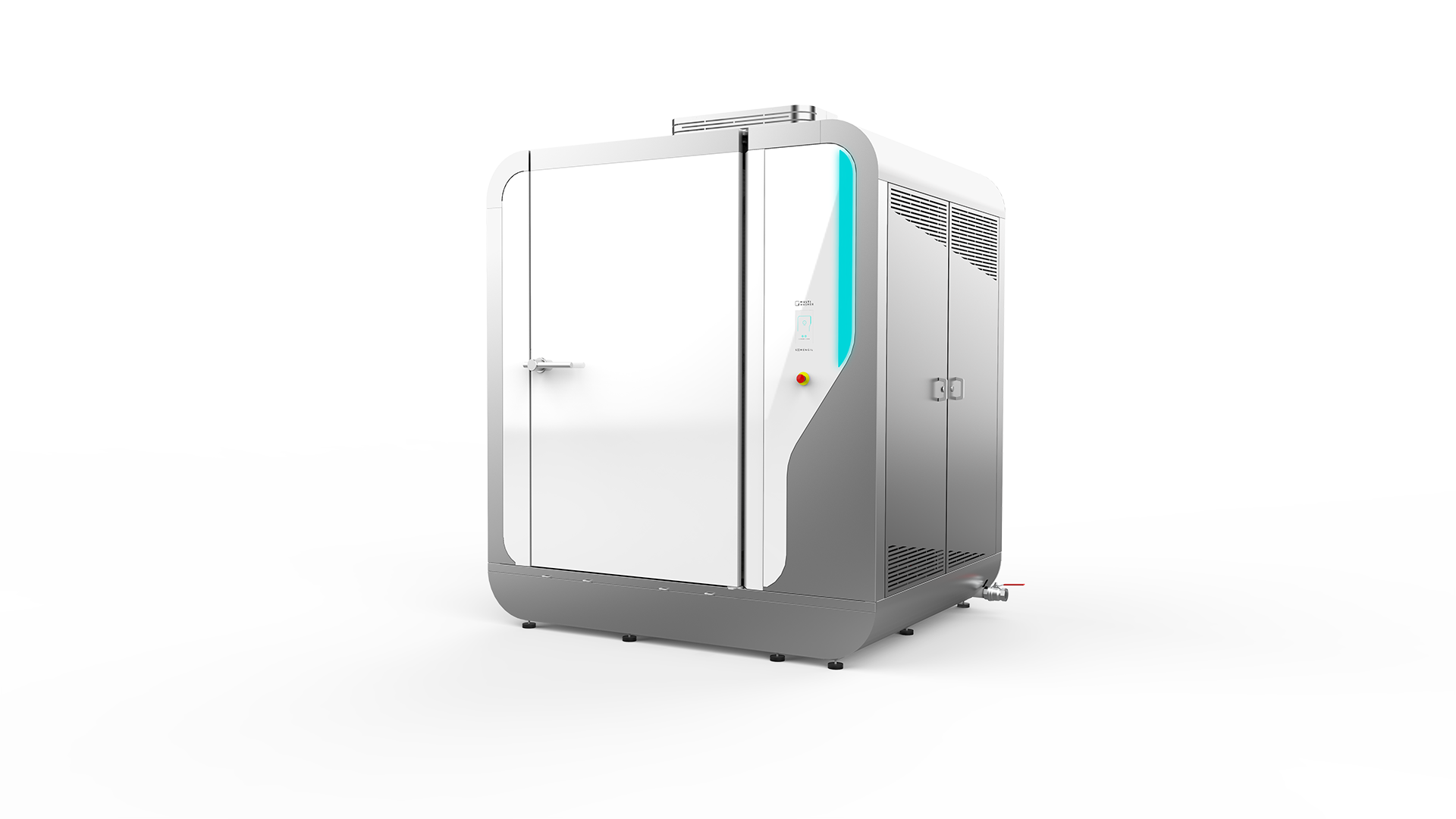
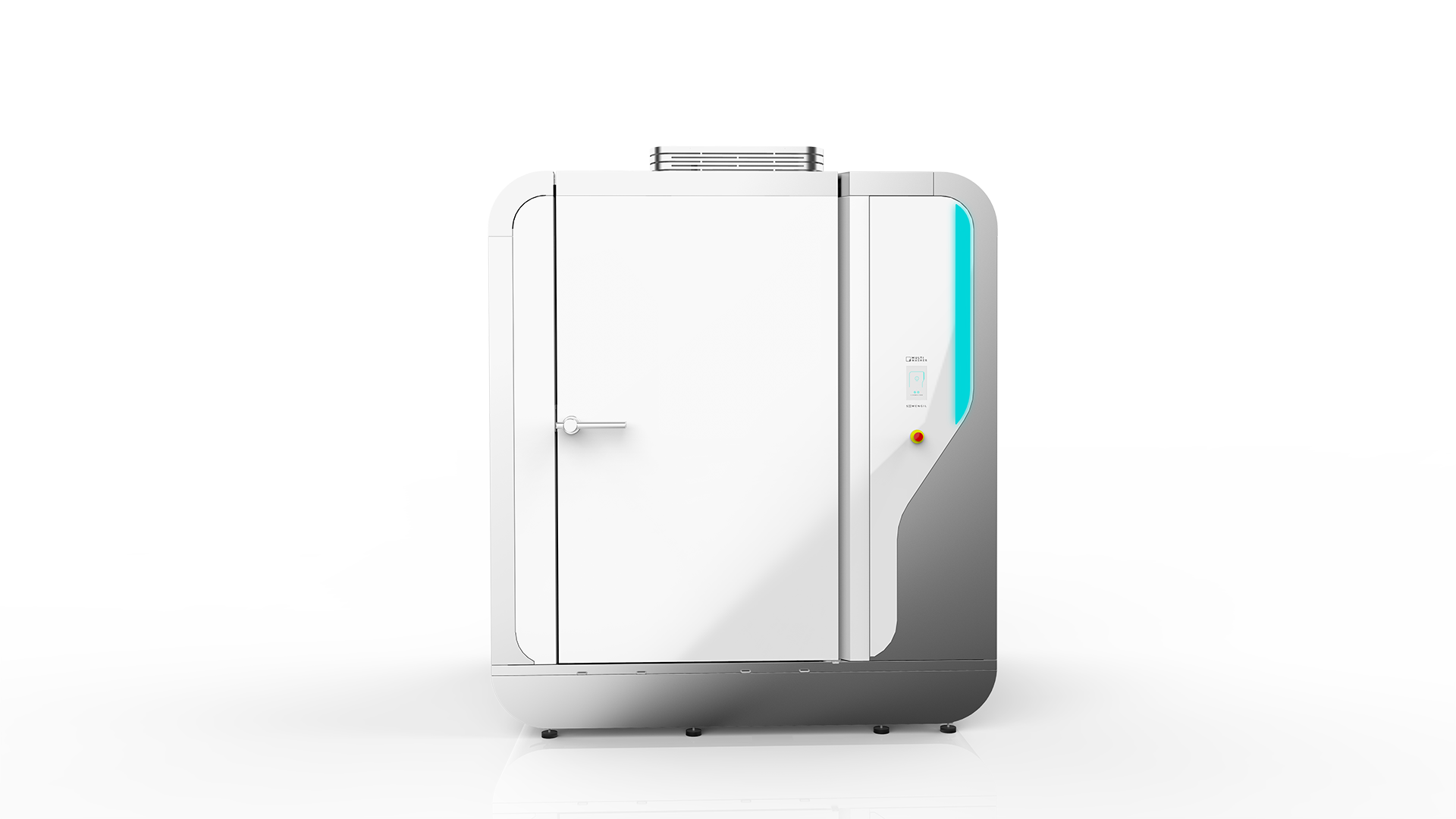
 Portugal
Portugal United Kingdom
United Kingdom United States
United States France
France Spain
Spain Germany
Germany Romania
Romania Italy
Italy Czech Republic
Czech Republic Finland
Finland Hungary
Hungary Slovakia
Slovakia Greece
Greece Lithuania
Lithuania South Korea
South Korea Russia
Russia Saudi Arabia
Saudi Arabia Poland
Poland Brasil
Brasil Hebrew
Hebrew